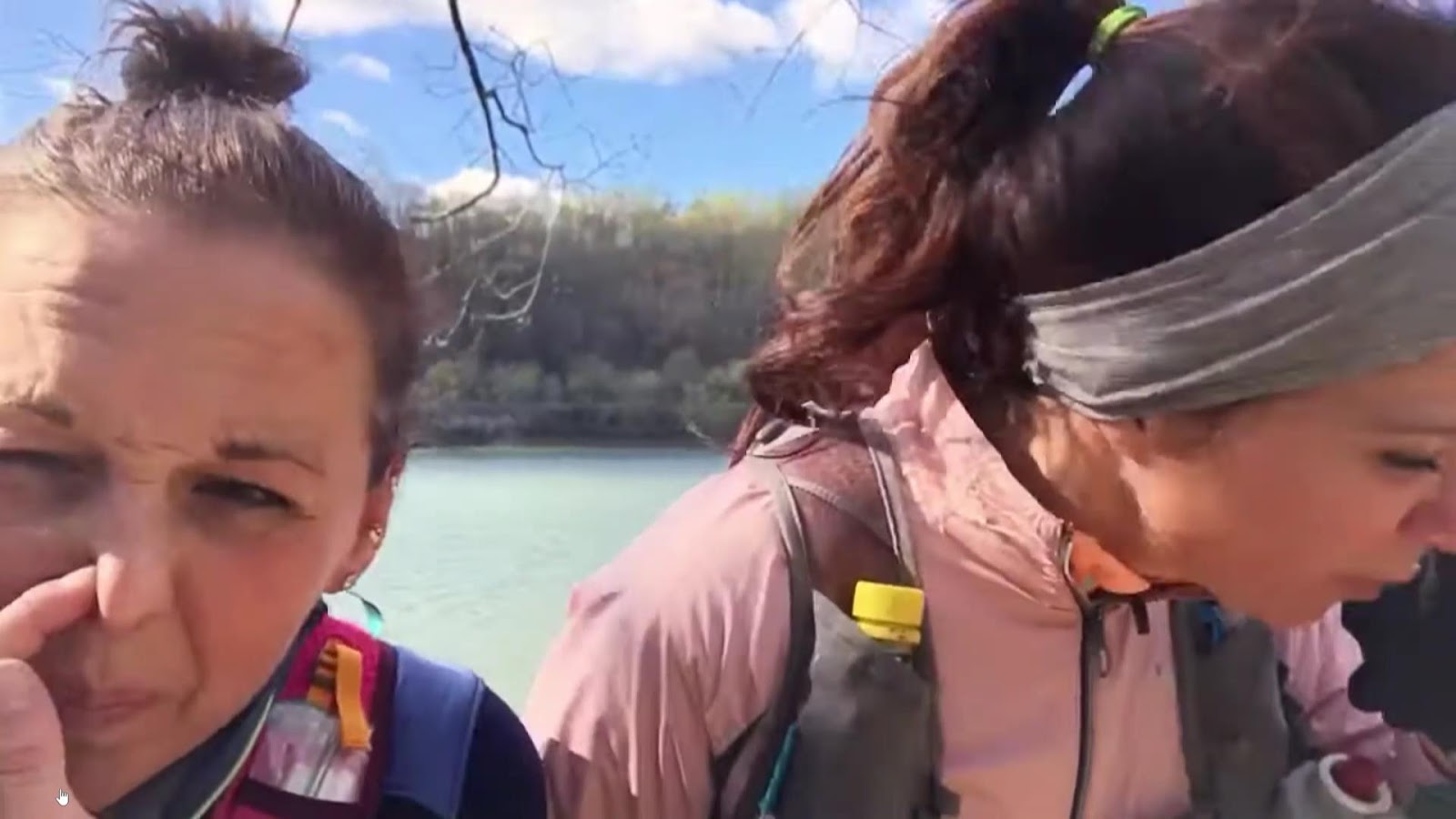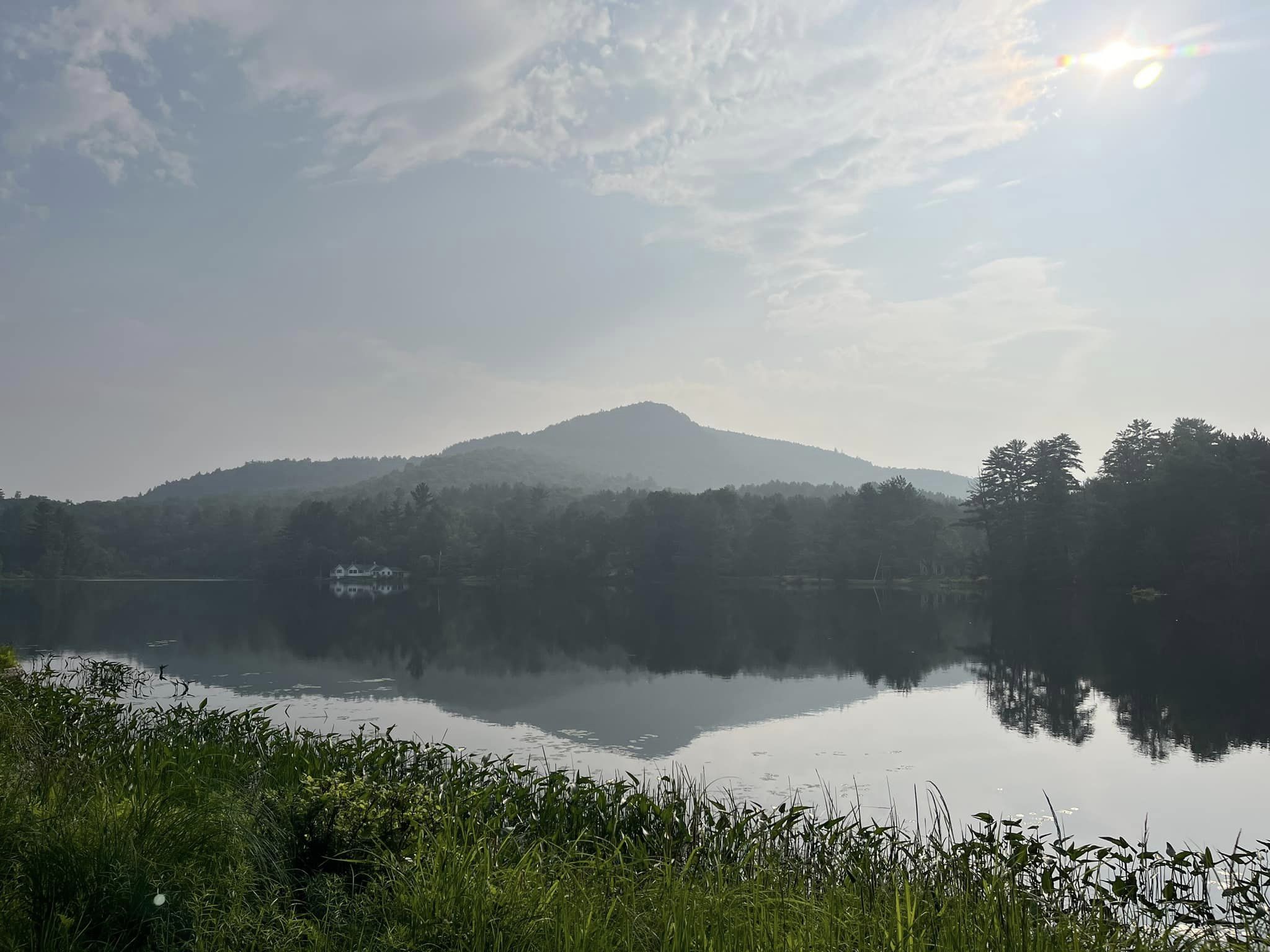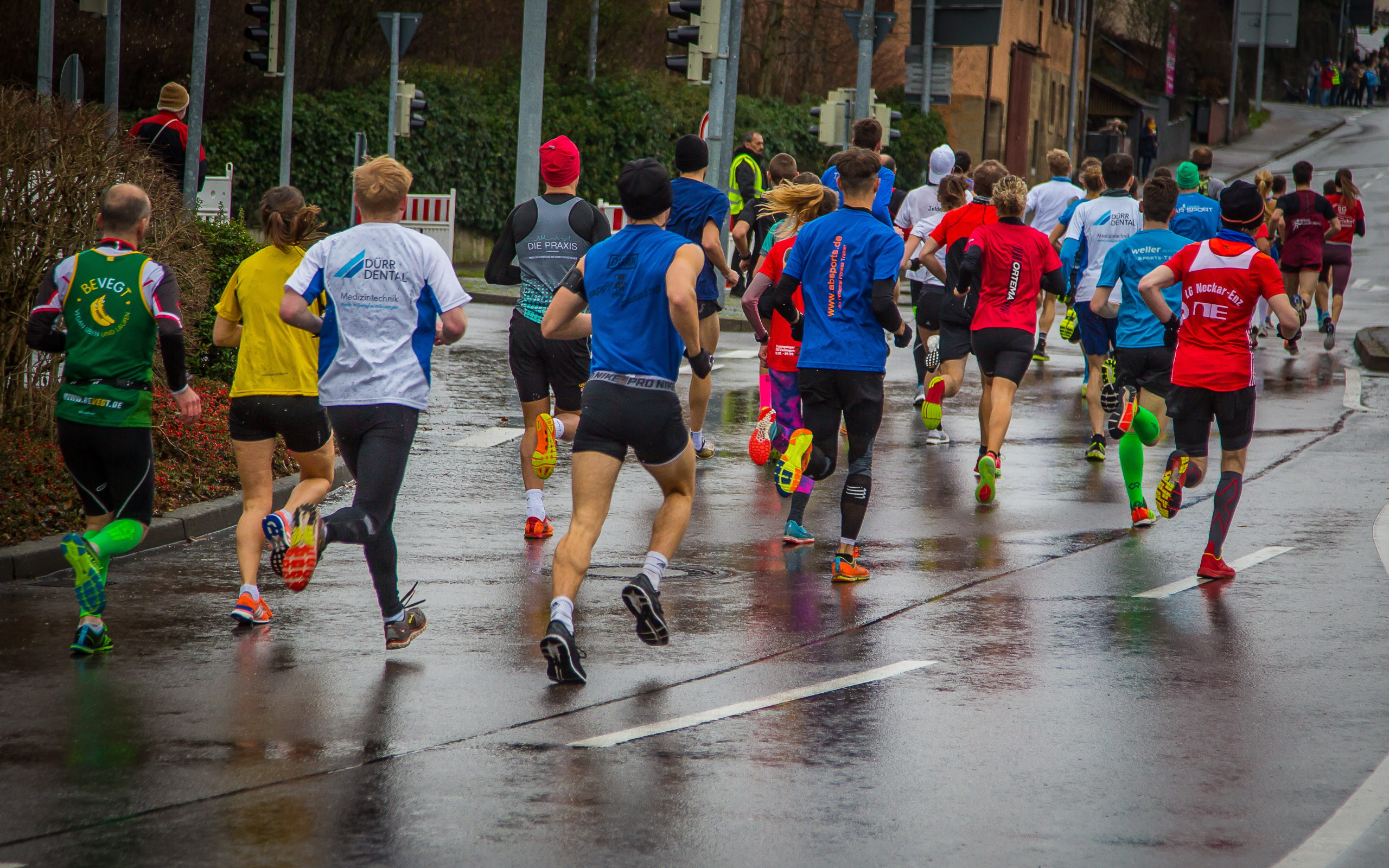Frozen Snot
The Frozen Snot
In February I had the opportunity to run an awesome event in one of the strongest trail running areas in the northeast…that is, my native State of Pennsylvania. To get there though we’re going to lead in with talking a bit about two of the finest features of Trail Running as they are the foundations for that event. Snot and Boulders.
Snot
Word has it that the average individual produces about 1.5 Liters of mucus in a day. In volume, that’s like Maggie in this clip above from Cayuga Trails shot by Mountain Peak Fitness being handed not only that bowl but both of her bottles as well just to be sure filled with snot, and being sent back out on course with a “good day to you, run well!” That’s a lot of snot. Now while a good amount of that heads right down your throat smooth as Pennsylvania’s Hillside Slider, an undetermined amount is bound to drip outta that schnoz. And sometimes with a little help from Michelle and Deborah as seen in their YouTube instruction video taken during the C and O Canal Path 50. (clip: https://www.youtube.com/watch?v=qGL0sGt_4hU) Michelle and Deborah, excellent form!
Snot: When It Freezes
As runners it’s just part of the game. Now some, not savvy to said game, may find themselves asking, “but Ian, what happens to said nasal discharge in the winter?”. Well savvy viewer I’m glad you asked! Let’s take a look. (clip: https://www.youtube.com/watch?v=Hacx5Lyz2aU) (inThat guy is awesome! But look, that was disgusting! The equation is clear though: Activity + Subzero Temperatures = Snotsicles. And that brings us only momentarily back to the event in PA which has been celebrating that equation since 2013, the Frozen Snot Trail Races. (insert clip collage).
Pennsylvania In Winter?
Now I know what you’re thinking when you think on Pennsylvania in winter (Drunken Mummer clip above): https://www.youtube.com/watch?v=kG_TvgwWxFE). It’s of that time when you were a kid standing behind barricades with Oma and O’Pa in the Philadelphia watching as a Mummer in a medieval costume took a quick sip from a bottle before staggering and collapsing to the ground while a small man carrying a sword also dressed in costume and appearing to be sitting on what appears to be a small horse stood idly by….But to some, we reflect on how we’ll keep the trail fire alive through the winter months.
Winter Running…Isn’t that Dangerous?
Some may be uncomfortable with the thought though as, isn’t running in the winter dangerous? Well, as evidenced in this now legendary clip from KOIN 6 News (clip: https://www.youtube.com/watch?v=UPTt6MgsOt8), with Chelsea and Michael, running can indeed be quite dangerous in winter. Whoah, clearly Chelsea is NOT alright! But, for those of us who are trail runners, and hearty at that, we opt to take on such risks, even upping the ante.
Bringing it back to the Frozen Snot trail race, we’re not just talking about the prospect of Chelsea and Michael staying on their feet on a slick city street. No, we’ll throw in trail, big climbs, and boulder fields. But, to assure you that it’s all fine and good, let’s hear (in the video recap) a bit about technical trail running from one of the best Northeastern technical trail runners of all-time, Ben Nephew, in this clip from Mountain Peak Fitness.
SWEET GEEZUS, and that’s dry rock in the summer!
The Frozen Snot
But this here is what the Frozen Snot is all about. Run in the hills of the Bald Eagle State Forest outside of Lock Haven in the heart of winter, the Frozen Snot is not for the faint of running hearts. With section or climb names (insert course photo clip) including Barb’s Kiss My Ass, Gut Check, and the Beast you know this course has character.
Them There Hills
With 5,800 feet of gain (insert course profile clip) over 13.5 miles, and 3,800 in the 8.3 miles. That’s a lot of gain (and descent), and particularly given that it’s comprised of only 4 major climbs, each picking up about 1,000 feet in roughly a half mile. The course, as the signature climb is aptly named, is a Beast. One tough enough to (insert clip) literally tear the crotch out of your tights.
The start and finish staging is perfectly located at an Army Reserve center. What’s evident from the moment that you enter is Center is the feeling of community. A few hundred similarly spirited individuals getting checked in by a well oiled volunteer lineup. Pre-race food both cold and hot on a buffet table. Partners selling PA trail schwag. A clearly dedicated and caring RD, Luke Ebeling, tending to-pre-race logistics, with family there to start the race, and greet finishers on their arrival home.
The course starts and ends with a bit over a mile on chip-seal surface. Perfect to let the pack spread out ahead of the first ascent, and a beautiful closing segment for a fast finish. For Jandy one of two Conestoga Cowboys I chatted with ahead of the start, the opening hardpack mile was a bit more concerning than the big climbs to follow. It’s the raw nature, adventure, and big climbs which most look forward to and celebrate after.
The 2020 running was possibly one of the fastest years conditions-wise. Although the opening temps were fairly cold around 14 degrees, the sky was clear, the sunset beautiful, and you could feel the warmth penetrating the foliage-free winter forest in short-order. There was only a bit of snow up high, but the boulders were pretty exposed with little ice.
After the opening road section, the course splits left, quickly rising to ascend 1,000 feet in only ½ mile, most of which were through the first of several boulder fields, topping out with Barb’s Kiss My Ass. The climbs are steep and technical enough that there’s little actual running while ascending. The sunrise at our backs, lighting up the opposing Beast flank was beautiful.
The course quickly loses roughly half its opening gain over what is the first of many steep and rocky descents to come, and the first where ropes have been set to control your flow.
The course reascends on an absolutely beautiful section called the Goat Path. My thoughts on that gentle climb was that that section would be awesome to hammer in reverse as a descent.
What I wasn’t expecting, in being prepared for a fully technical course, was that the Lightning Bolt descent which followed would give us just that….a flowy non-technical beautiful descent.
After a brief “Gut-Checking” rise and descent w/ a couple rock-hop or bridged creek crossings, the course winds through tighter forest to emerge at the first significant aid which was the Bacon Station. On a tough course in winter the demand is a bit higher, and an aid station offering typically only found in Ultras, bacon, is fun and warming highlight. Hereto the love from and integration of the larger community is clear, as is the equation of how tough the course is.
Many of the aid or marshal locations had small fires to keep warm as the expectation and reality is for a very cold and potentially long day in the woods.
After a number of milder ascents and sharper descents, marked by occasional snow-fields, rope sections, and a few loose boulders to spend time kicking, the opening clockwise loop emerges near the Zindel Park Aid Station. The shorter course runners stay straight ahead into the closing road section. The long course runners head left and into what for many is the signature feature and highlight of the course and event, The Beast.
The Beast was beautiful. It’s a steep short and fun boulder field to skip over, which leads into the majority of the summit which follows in the woods. It’s the latter that portion after what is a perceived false summit at the top of the relatively short boulder field which appeared to get many. The summit ascent flattens out toward the top before traversing back through what was a denser section of underbrush interspersed with rocks. Following comes the last of the rocky descent sections with a final couple kicked rocks.
From there it smooths out and returns to a beautiful flowing non-technical trail before passing The Keller Reservoir.
Runners re-arrive at Zindel Park Aid, with good energy and the opportunity to take in the quicker or slower runners between loops.
Clearing Zindel Park, runners can look forward to the final fast mildly descending hardpack to the Reserve Center finish.
The weather in 2020 was near perfect, and although I didn’t have the pleasure of taking in any visages of Frozen Snot, this satisfied frosty beard sufficed.
The Takeaway
It would be interesting to experience the course under more snow and ice as I’m guessing it would be pretty intense. The elevation gain per mile is as stout as any trail event you’ll find anywhere, and that’s what I expected. However, the surprise in experience was that although the ascent pickups per mile were second to none, at only a half mile, none really felt that long, or in that sense, tough (mind you I was out to enjoy the day and capture video, and not looking to hammer). Further, I was mentally prepared for a fully technical course. There were technical rock-kicking descents and loose rock which my big-toes and gash on my shin reflect. But what I was really stoked to find, were the beautiful flowing trail sections between. It was those descents that left my legs, with little training volume ahead of the event, gloriously crushed for over a week. That’s an earned feeling which reflects the adventure and challenge which Frozen Snot is.
The course markings were solid, the event volunteers numerous and dedicated, a spread of hot food before and after, swag including a sweet retro looking mountain cup, and slick wicked functional puffy vest, That’s quite the offering. I think entrants are getting more than their $70 entry fee’s worth and it’s an amazing community to experience. All this to say that it’s a gem of an event.
Registration opens in December and sold out in 14 hours in 2018. Under 4 hours in 2019. In 2020 it capped in 1 hour 45 minutes. At that rate of increased popularity, it’ll go in minutes going forward, or have to consider moving to a lottery system. I’d highly recommend the adventure which is Frozen Snot, just be prepared to act fast when registration opens for 2021.
A huge thanks to Luke Ebeling for pouring yourself into and coordinating a really great event. To the Pennsylvania community who fill the ranks of the volunteers needed to make PA Trail events what they frequently are, our gratitude. Ya’ll PA rock.
Add Comment
You must be logged in to post a comment.







